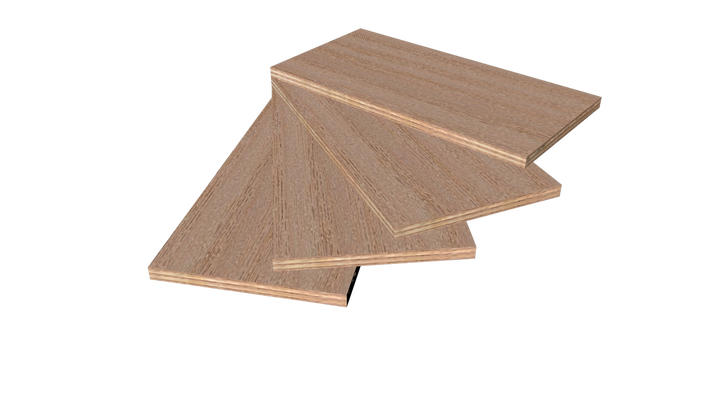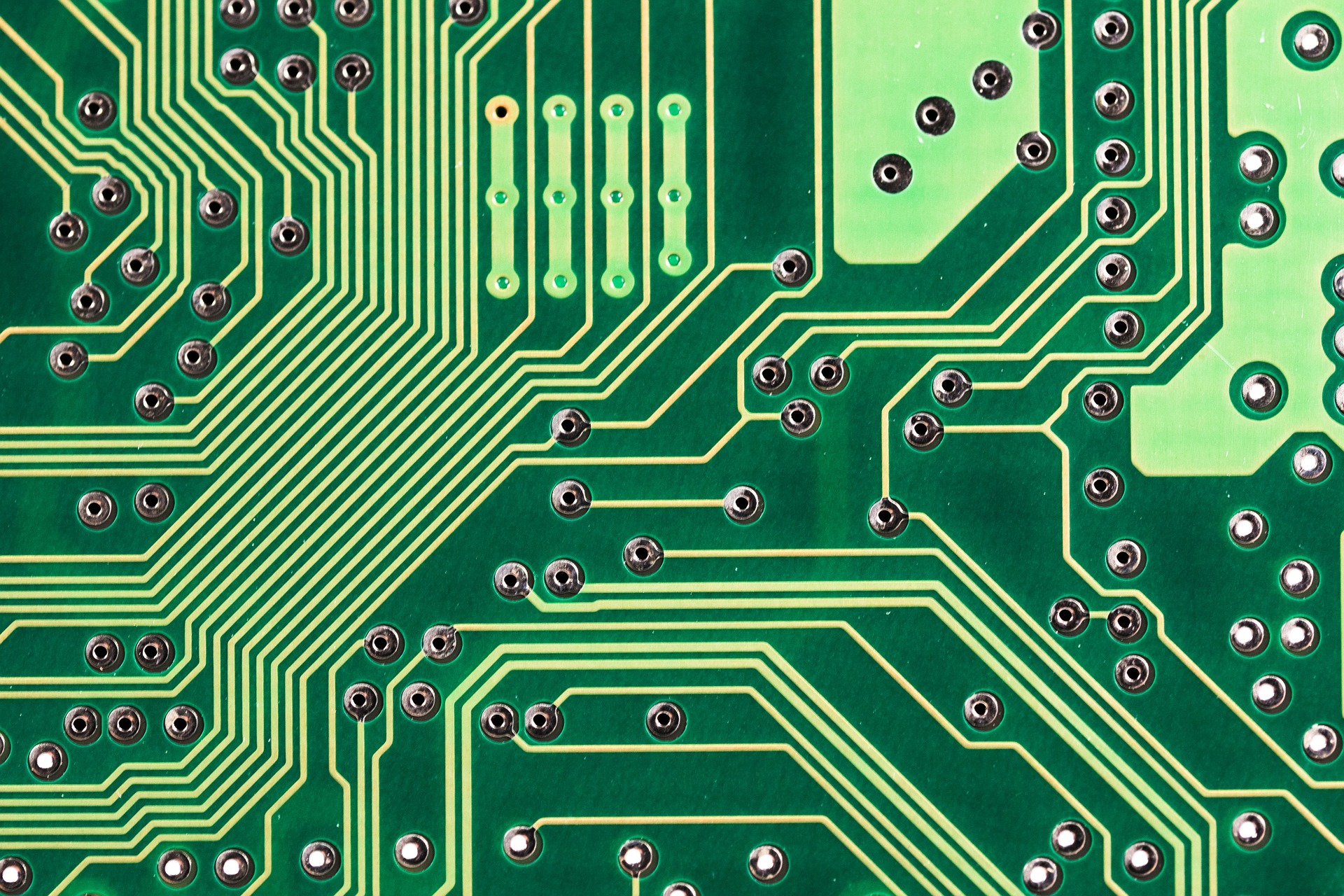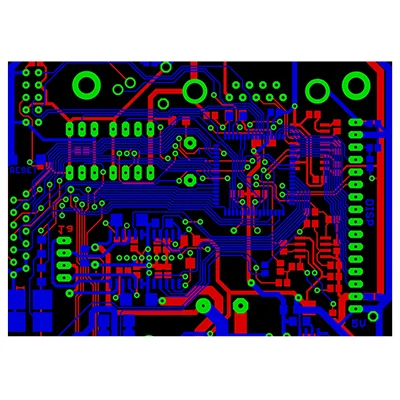Base plate series - plywood (multilayer board)
Base plate series - plywood (multilayer board)
Physical classification:
Generally divided according to the number of layers. The common ones are three plywood, five plywood, nine plywood, twelve plywood, eighteen plywood and so on. The number of layers of plywood, when the thickness of the board is determined, the more the number of layers, the higher the mechanical properties of the board and the more stable it is.

Chemical classification:
Class I plywoodclass I plywood
Weather resistant plywood for use in outdoor conditions capable of passing the boil test.
[GB/T 18259-2009, definition 2.2.1.18]
Type II plywood
class I plywood
Able to pass 63C ± 3C hot water immersion test. Water-resistant plywood for use under humid conditions.
[GB/T 18259- -2009. Definition 2.2.1.19]
Class III plywood class I plywood
Non-moisture-resistant plywood for use in dry conditions capable of passing the 20°C±3°C cold water immersion test
grade:
Ordinary plywood is divided into four grades according to the material defects and processing defects visible on the processed plywood:
Special grade, first grade, second grade, and third grade, among which first, second, and third grades are the main grades of ordinary plywood.
(The individual grades of common plywood are determined primarily by allowable imperfections on the panels.)
The main uses of various grades of plywood are as follows:
Special grade: suitable for high-grade architectural decoration, high-grade furniture and other products with special needs:
First class: It is suitable for high-grade architectural decoration, high-end and high-end furniture, various electrical shells and other products;
Second class: suitable for furniture, decoration of ordinary buildings, vehicles, ships, etc.;
Third class: suitable for low-level building decoration and packaging materials.
The panels of the above four grades should be sanded (scratched) smooth, and those with special needs can not be sanded (scraped) or sanded (scraped) on both sides.
Specification:
The length is 2440MM, the width is 1220MM, and the thickness is 3 centimeters, 5 centimeters, 9 centimeters, 12 centimeters, 15 centimeters and 18 centimeters. (1 centimeter is 1 millimeter)
advantage:
Small deformation, large format, convenient construction, no warping, good tensile mechanical properties of horizontal lines, good nail holding power, strong plasticity, waterproof, moisture-proof, moderate sun protection, suitable for short-term outdoor production materials

shortcoming:
The cost is higher and the glue content is large. The surface layer is not as smooth as MDF, and the base layer is not as strong as MDF. Easy to degumming after sun exposure
use:
Furniture, such as cabinets, wardrobes, some panel materials for tables, chairs, etc.; interior decoration, such as ceilings, dados, floor linings, etc. Good waterproof and moisture resistance, also used to make bathroom cabinets
Production method:
1. A tree is produced by rotary cutting, semicircular rotary cutting, slicing or sawing to produce a thin plate cut into 3-18mm. It is a whole sheet, which can be rolled up like a carpet, and stacked directly according to a certain size, and then used It is a three-layer or multi-layer board that is bonded together by special glue. Up to 13 floors.
2. In the north, poplar veneer is mostly used, while in the south, eucalyptus veneer is mostly used. Relatively speaking, poplar wood is light and soft, while eucalyptus wood is heavy and hard.
3. Plywood is glued together layer by layer, so it is much cheaper than solid wood, and its hardness is also good. It is suitable for on-site cutting and construction.
4. Plywood uses more glue, and because of this, people don't use plywood to make furniture on site.
Identification method:
It can be viewed as multiple layers stacked together in the cross section. The image can be understood a little bit, and the plywood can be viewed as a wafer biscuit.
Formaldehyde emission:
The international standard has three grades E2, E1 and E0 regarding formaldehyde emission. (same as national standard)
The current national standard for plywood is "Limits of formaldehyde release in wood-based panels and their products for interior decoration and decoration materials" (GB18580-2017). .
The E1 grade board just meets the standard, it is best to choose the E0 grade board, this kind of board is more environmentally friendly on the market.
Formaldehyde emission detection:
The detection by dry container method is less than 1.5mg/L (E1).
According to the provisions of GB/T 17657-2013 4.60 Determination of formaldehyde emission - 1 m2 climate chamber method.
The size of the test piece is length I=(500±5)mm, width b=(500±5)mm. The number of test pieces is two, and the surface area of the test piece is 1m*. When the length and width of the test piece are smaller than the required size, it is allowed to use A combination of methods that does not affect the assay result.
Acceptance quality standard:
Plywood Quality Defects and Testing Standards
1. Delamination/bubbling (local separation due to glue failure between adjacent veneers.) Not allowed.
2. Corner defects (corner defects caused by sanding, sawing or collision.) are not allowed when the thickness is less than or equal to 10MM.
3. Oil pollution is not allowed.
4. Stacking of core boards: not allowed.
5. Warpage: It should not be greater than 1.0MMM.
6. The front and back sides are required to be flat and smooth, and peeling, peeling, glue and unevenness are not allowed.
7. Blue spots are not allowed on the surface veneer.
8. The veneer must not be heavily pressed, and no dead joints are allowed on the surface.
9. The seams between the core boards of the same layer shall not exceed 1mm.
10. No impurities are allowed in the veneer, and each layer of veneer must be flat, and no overlapping is allowed.
11. No joints are allowed in the jigsaw puzzle.
12. No cracks are allowed between the interlayers, and peeling and cracking of the veneer are not allowed on the front and back of the board.
13. Sand through (due to the excessive sanding of the surface board, the glue layer or the next layer of veneer is exposed at the partly ground through.) It is not allowed to have
14. Adhesive penetration (adhesive seeps out of the panel to contaminate the panel surface.) Not allowed
Dimensions and their deviations
1. Thickness deviation: 0~+0.2MM.
2. Width: 1220MM, 915, the deviation is soil 1.0MM.
3. Length: 2440,1830, the deviation is soil 2.0MM.
4. Diagonal line: the tolerance of two diagonal lines is less than 3.0MM.
5. Edge non-straightness: soil 1.5MM/M.
Specifications and deviation inspection standards:
thickness:
Measure the arithmetic mean of the four corners of the four sides of the board that are 25MM inward and the four sides of the board that are 25MM inward.
Measuring tools:
Caliper
measurement method:
Measure in the middle of one of the four sides of the board, not less than 10mm from the edge of the board, accurate to 0.1mm. When measuring should be
The measuring instrument is brought into contact with the plate slowly and without applying undue pressure.
Length and width: accurate to 1mm.
Measuring tool: Steel tape measure
Measurement methods:
Measured at a place parallel to the edge of the plate to be measured and 100mm away from the edge of the plate, accurate to 1mm. Each board is measured twice for length and width. Take the average of the above two measurements in the same grain direction as the length and width of the board, respectively.
Diagonal length measurement: measure the difference between two diagonals, accurate to 1MM
Measuring tool: Steel tape measure
Measurement methods:
Measure along the two diagonal directions of the board, accurate to 1mm. The difference between the two diagonal measurements is the difference in the diagonal length of the board
Warpage: Measure the string height, accurate to 0.5MM.
Measuring tools: A metal ruler or cord of appropriate length, and a suitable measuring instrument with an accuracy of 0.5 mm.
Measurement methods:
Put the concave side of the plywood up and place it on a horizontal platform without any external force, place a metal ruler or a tight wire on the board along the two diagonal directions, and use a measuring instrument to measure the board and the ruler/line The maximum deviation between the ropes (that is, the maximum chord height of the diagonal line) is accurate to 1mm
For size requirements, 10% of each batch is sampled for inspection. When the pass rate reaches 95%, it is considered qualified. If the entire batch is considered qualified, it will be put into storage; otherwise, the entire batch will be deemed unqualified and the entire batch will be returned.
Moisture content: 8-14%. Measuring tool: moisture meter
Strength: The bonding strength is greater than 0.7Mpa. Nail holding force: the edge of the board is greater than 800N, and the surface of the board is greater than 1000N.
For the bonding strength, test it at any time when necessary.
Several relatively large plywood brands in China are:
Shengda, Mingtu/Mingtu, Moganshan, Millennium Boat TREEZO, Tubao/TUBAO, Top 100 Panels/DEKONIG, Fuqing, King Coconut/KING COCONUT, Fuxiang/FUXIANG, Luli, etc.
Acceptance record form
- Previous:Rigid Flex PCB Design
- Next:No






